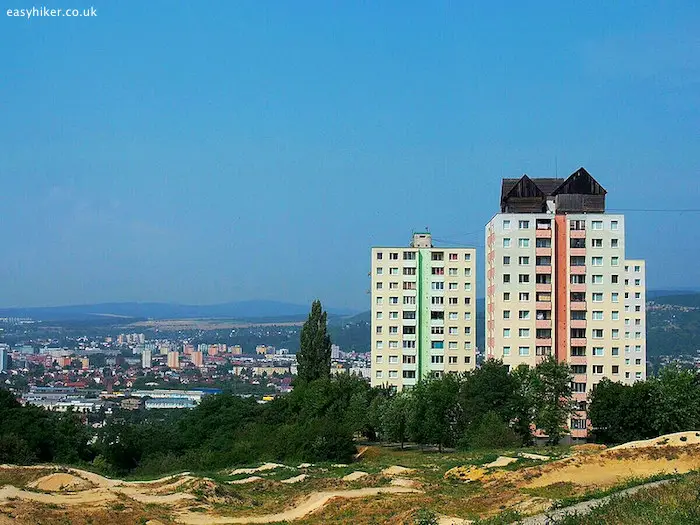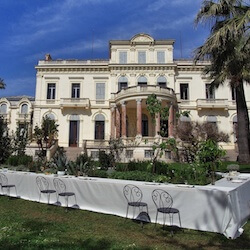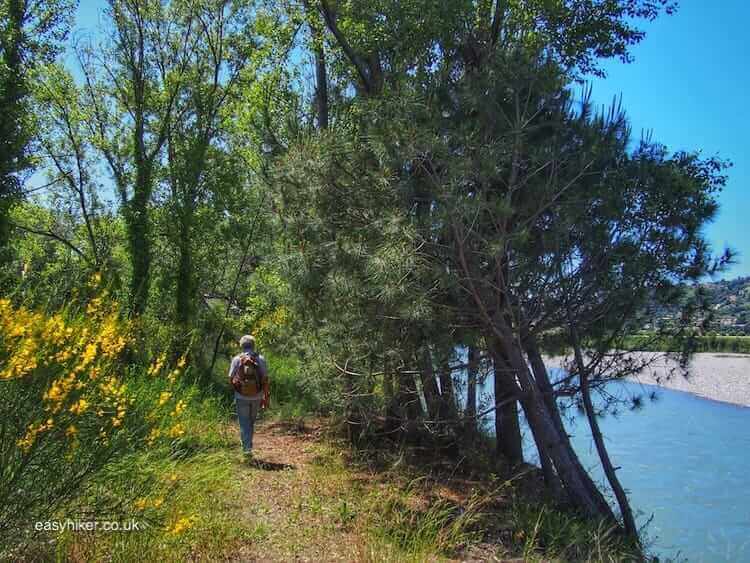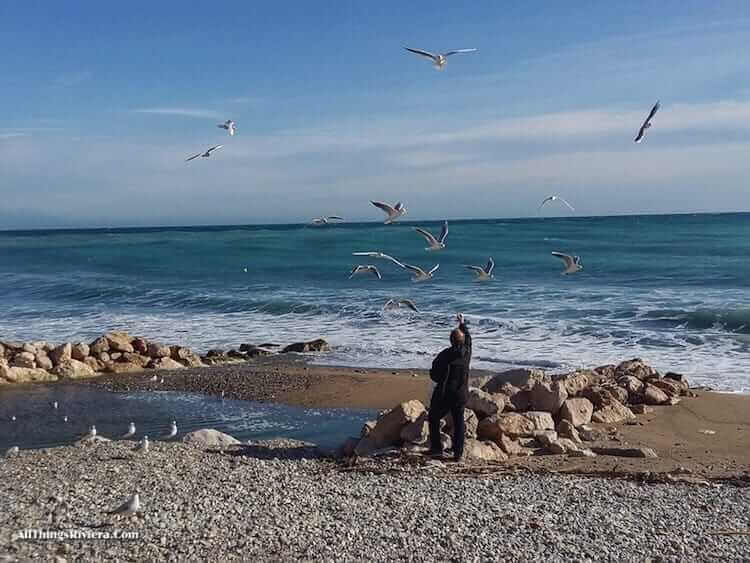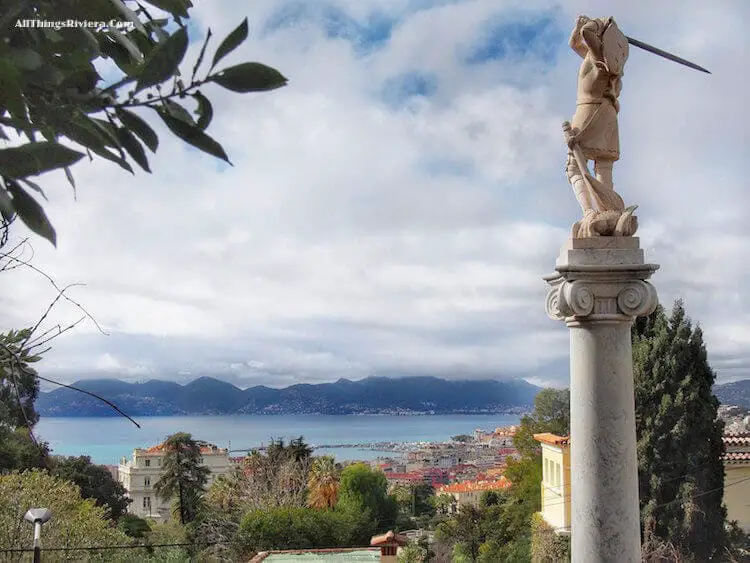It is a safe bet that most people, to the extent that they have heard about the Northern Italian town of Monza at all, have done so in one particular context.
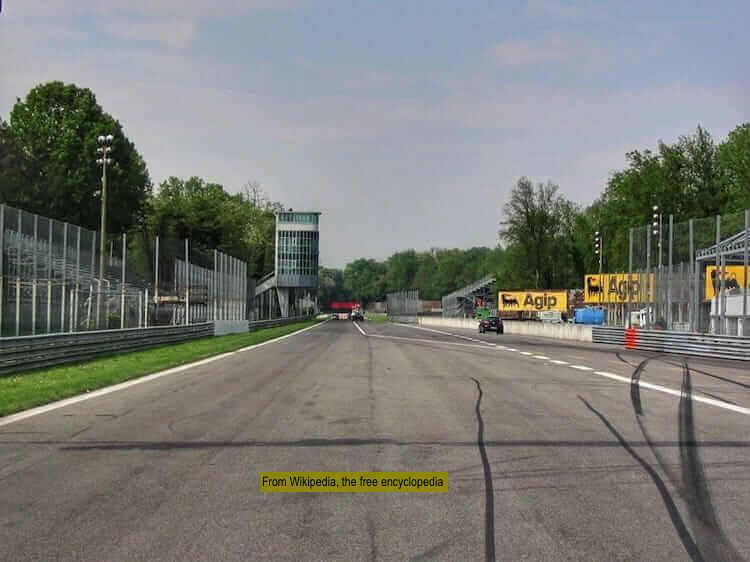
What are the Tragic Deaths That Have Made Monza Famous
This is what has made Monza famous: the Autodromo, the fastest and deadliest track in Formula 1 Grand Prix motor racing. Two of the most legendary drivers of all time lost their lives here (Alberto Ascari in 1950s and Jochen Rindt in 1970). In 1961, a collision between the leading contender Wolfgang Graf Berghe von Trips and Jim Clark (the future world champion) caused the German aristocrat’s Ferrari to carom into a crowd of fans, killing the driver and 14 spectators. This is still known as F1’s most terrible accident.
In Italy itself, however, the tragic stories of the Autodromo have a rival.

This is the story of the Villa Reale, the favourite residence of King Umberto I. In 1900, the king – much hated by many of his subjects after royal troops had massacred striking workers two years before – was assassinated by an anarchist just a few blocks away from the palace while attending a sports event. (An expiatory chapel was later raised on the very spot of the assassination in Via Matteo da Campione.)
The king was carried to the Villa and died there a few hours later. So heart-broken was his son and successor, Vittorio Emmanuelle III, that he never once visited his father’s favourite palace during his long reign (he abdicated in 1946) and let it fall into neglect. In 1934, he finally donated the Villa Reale to the municipal government – on the condition that his father’s private rooms would remain locked forever.
What connects the Villa Reale and the Autodromo is that they are located at opposite ends of the same green space, the Parco di Monza, Europe’s largest walled park – its surface area is two-and-a-half-times larger than New York’s Central Park. But Parco di Monza is not only large – it is also full of variety: which is why it is such a great place for long as well as short walks. The choice is yours.
But whether you are in for the short or the long haul: you should not miss the Villa Reale gardens immediately behind the palace. These were designed during a period (the 1780s) when not only the political climate but also artistic tastes changed in a number of ways.
Many landscape architects were still following the strict rules of French garden design (as you can see in the grounds of the Villa Reale’s former Orangerie) …

… but the “English style” of Capability Brown – vast expanses of grass, long vistas and clumps of trees – was slowly spreading across the continent.

And if you turn left behind the palace, you can see how even this style was already beginning to make way for the new fashion of “picturesque” gardens, the latest fad in English landscaping design.
Suddenly, the objective was no longer to improve nature with a few, preferably imperceptible touches: these new-style landscapes were proudly artificial and explicitly engineered for pleasure and effect. They freely combined motives from antiquity …

… with fashionable “rocky outcrops” that reflected the new popularity of recently re-discovered, “sublime” landscapes such as the Alps.

The dawn of the Romantic age also revived an interest in Gothic turrets and “fortifications” …

… creating a fantasy landscape into which the Parco’s later-built medievalist folly was to fit perfectly.

The Villa Reale was constructed in 1780s under the rule of the Habsburg dynasty as a summer residence for Ferdinand, son of the Empress Maria Theresia and Governor General of the (then) Austrian province of Lombardy.
But where the gardens of the palace still bear a hint of the Rococo fashions of landscaping design, you will see a completely different face of the Parco di Monza when you walk further north.

The landscaping architects who designed the section of the park beyond the Viale Cavriga worked under the supervision of Eugene de Beauharnais. He took over the Villa Reale after his stepfather Napoleon Bonaparte had installed him as the Viceroy of the Kingdom of Italy in 1805.
The buildings in this part of the Parco – such as the Cavriga pavillion from 1840 (today used as a cafeteria) – echo the landscaping’s preference for straight lines and understated elegance.

Now the time has come to decide: is this going to be a long or a short walk?
This bridge across the river Lambro ….

… is as good a place as any to make up your mind: whether to head further north towards the Autodromo (count at least another 45 minutes to its main entrance – and bear in mind that you will need another 45 minutes to walk back) or to take the shorter loop back to the town centre.
If you take a right turn at the bridge, you can follow the river until the ancient Marie delle Grazie convent and then head back into town by the picturesque Ponte delle Grazie Vecchie.

And if you are lucky, you will arrive in the town centre just when the skies are beginning to darken. I say “lucky” because it is at this time of the day when the landmark Bridge of Lions, the Ponte dei Leoni, is at its most atmospheric.

It may be motor racing that has made Monza famous all over the world, but there are many other interesting things here to see and to experience.

The city of Monza is easy to reach by train from Milan with dozens of connections every day. The average travel time is roughly 15 minutes.

